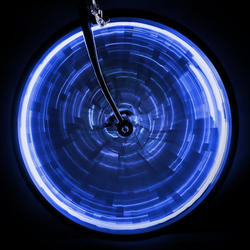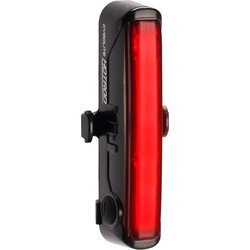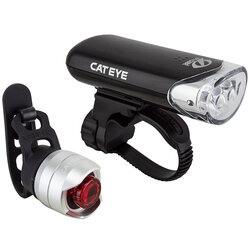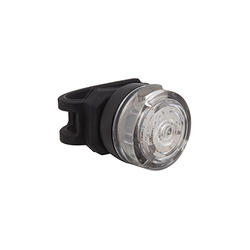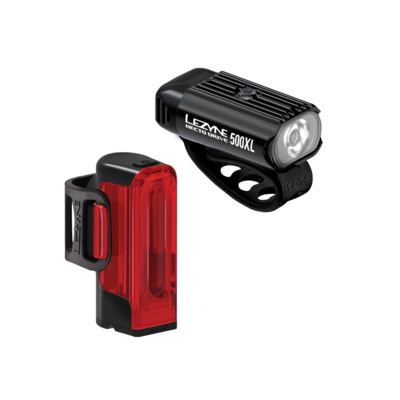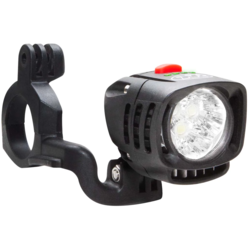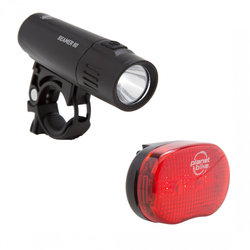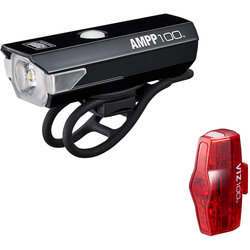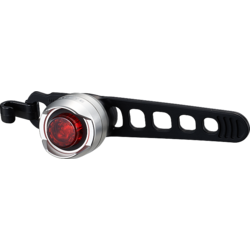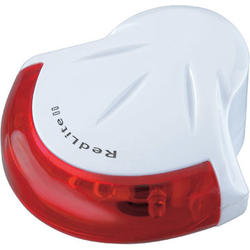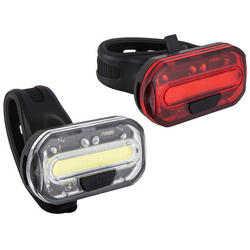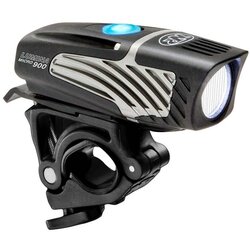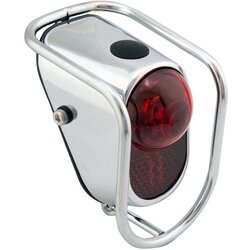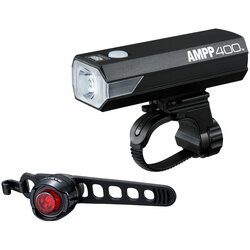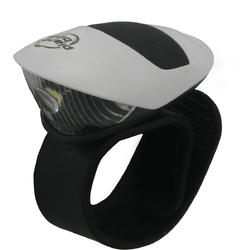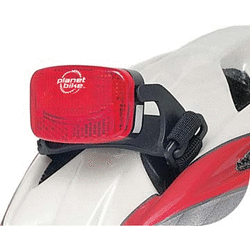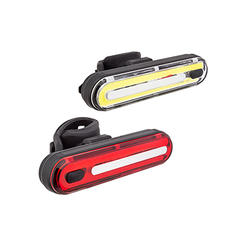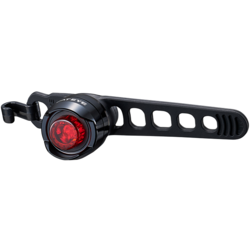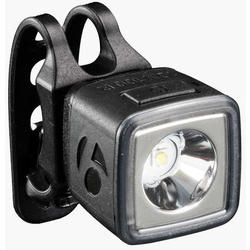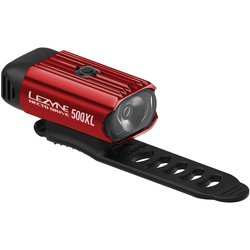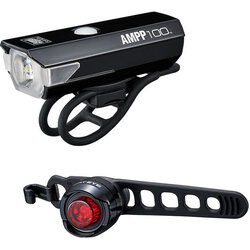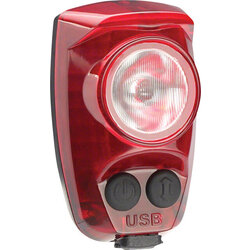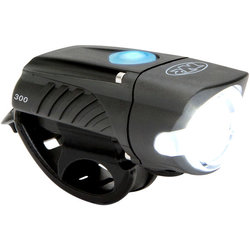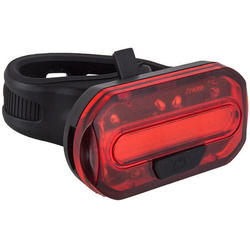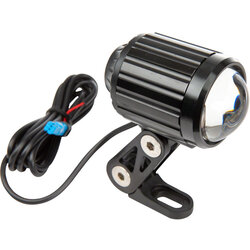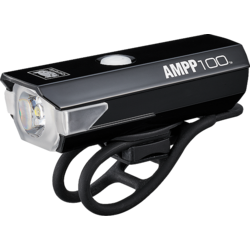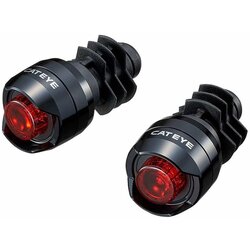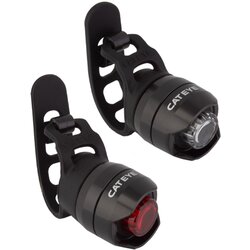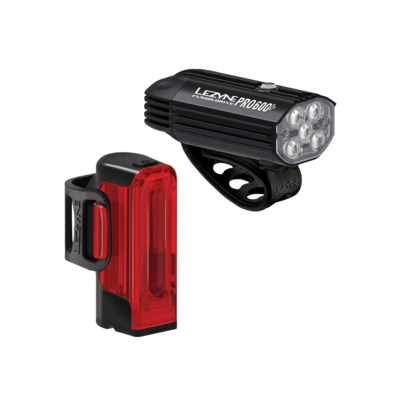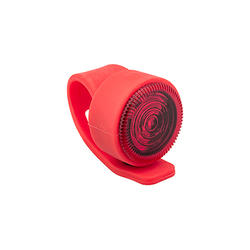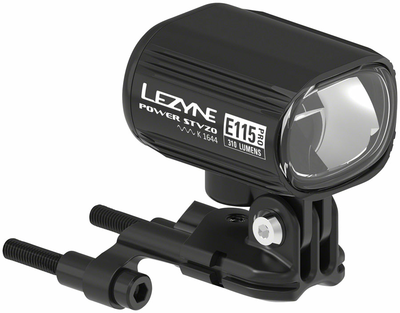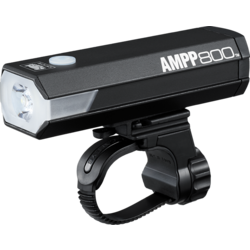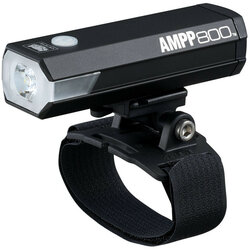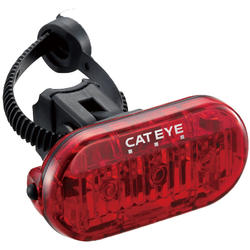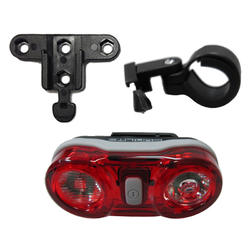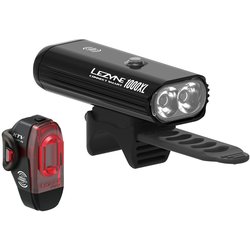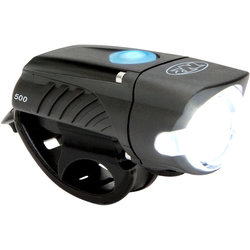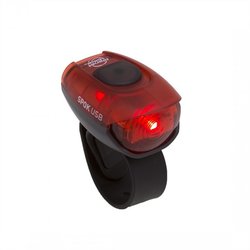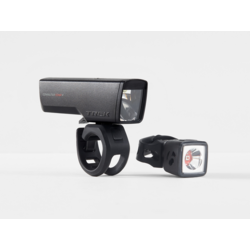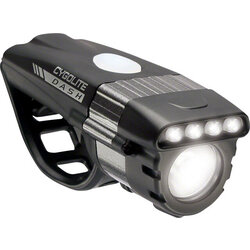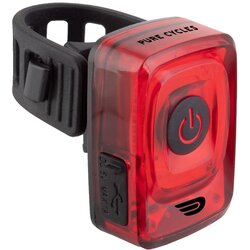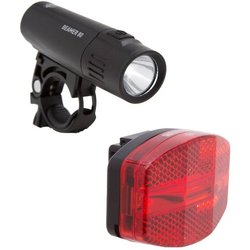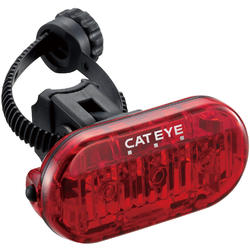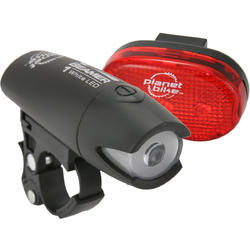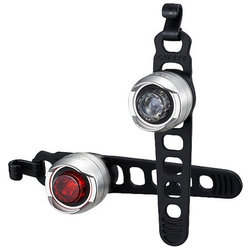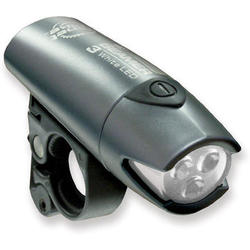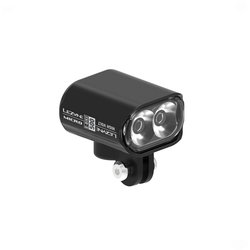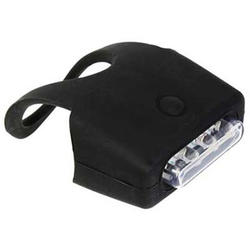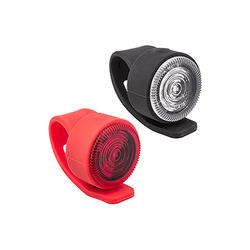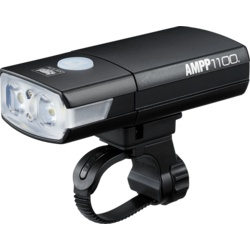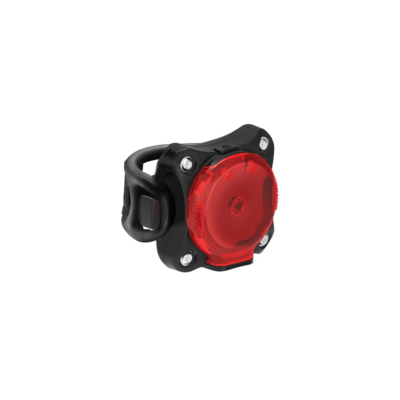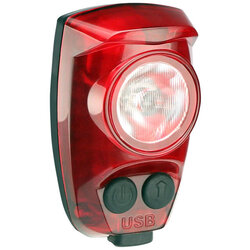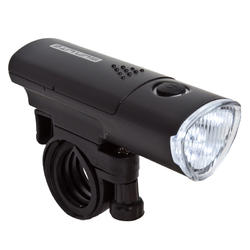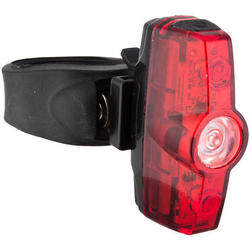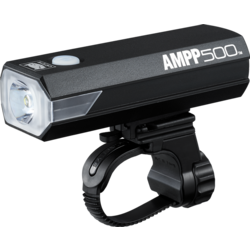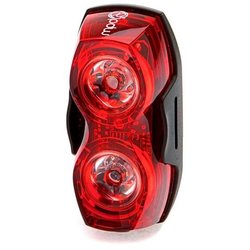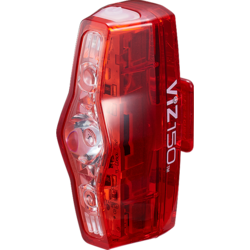
How to Choose a Bike Light
Bike lights keep getting lighter and smaller while delivering brighter illumination for riding safety. Due to rapidly changing technology, the pricing for high lumen lights has been dramatically dropping. You can ditch your five year old lights, and get a much brighter light today for the same price.
When shopping for bike lights, you first need to ask yourself this: Do you want to see or be seen? Or both? This article will help you choose the right lighting for your cycling needs. Below are some helpful tips on how to choose a bike light.
Not just for Nighttime
While most of us wouldn't dream of riding in the dark without lights, they are actually just as important during the day. Did you know that when cars started using running lights during the day, accidents decreased by 25%? Adding running lights to motorcycles decreased wrecks by 13%. It is quite reasonable to assume that using running lights on bikes will similarly decrease accidents.
80% of bicycle accidents occur during the day - which means visible daytime running lights are pertinent for reducing accidents. When choosing lights for daylight visibility, focus, flash and range will be important factors to consider. For reducing accidents, flashing lights that are daylight visible are the most effective. Look for a light that not only flashes, but also one that varies in its intensity and pattern. An irregular flash draws more attention than a steady pattern.
Types of Bike Lights
A well-lit bike is equipped with front, side and rear lighting to ensure your visibility to motorists and pedestrians.
For commuting or riding after dark—especially on trail rides that are far from ambient light sources—your front light needs to be a high-output lighting system so you see well ahead of you.
High-output lighting systems: These usually are rechargeable light systems that offer maximum illumination. They are higher priced but much brighter than safety lights, and they help you see where you’re going on the trail or road in nearly all conditions.
Front, side and rear safety lights: These help motorists see you in dim light conditions. The brightest ones also improve your visibility in the daytime. However, they’re not bright enough to help you see where you’re going for most night riding. The main differences between safety light models are in mounting options, the number of light-emitting diodes (LEDs) and whether they use rechargeable or disposable batteries.
What to Look For and What to Avoid
When purchasing new lights, there are several things you will want to look for:
- Sturdy, no-slip attachments. You don’t want your light moving all over the place. If you’re a mountain biker looking for trail illumination, look for a helmet mount.
- An easily removable light body. You will want to remove the light both for charging and for theft prevention, but you want this removal to be quick and easy.
- Battery indicator. You want either a sound or a flashing light to alert you when the battery is running low – you don’t want to get stuck in the dark without light.
- IPX water-resistance rating of five or higher. You never know when you’re going to get stuck in the rain.
- A light designed for the bike. Sure, there are other lights out there you could use. However, the safest and most secure lights will be cycling specific.
Comparing Light Performance
All lights offered use durable housings sealed with weatherproof gaskets. Count on these lights to shine in any weather. What to consider:
LEDs: Energy efficiency and durability make LEDs the predominant light source used in bike lights. They come in a wide range of brightness levels.
Lumens: A lumen is a unit of measurement that quantifies the amount of light falling on the object you want illuminated. Measured at a uniform distance, a lumen describes the light intensity of each lighting unit. Most light manufacturers provide a lumen rating.
Beam pattern: If you commute on streets with streetlights, you may want to choose a front light with a narrow-focus beam. On darker roads or trails, you’ll want to go with a wide-focus beam for better peripheral vision. Beam patterns can be difficult for shoppers to compare; check online product descriptions or ask a sales specialist for help.
Range: as lights improve, so does the range at which they are visible. When looking for daytime running lights, consider from how far away you can be seen. The best lights will allow you to be seen from 1/4 mile to over 2km away.
As a general rule, higher price equals higher light output.
Rechargeable Lighting Systems
Rechargeable systems feature lithium ion batteries. They can be charged hundreds of times, making them an inexpensive and environmentally sound alternative to disposable batteries.
Unlike alkalines that dim slowly over battery life, most rechargeables deliver consistent light until their power is exhausted. Therefore, most rechargeable lights have a “fuel gauge” or low-battery warning. All rechargeables have a power light to indicate that power is available.
Lithium ion batteries offer excellent power for their weight, and they are characterized by their long run times. They are easy to keep charged because they suffer no “memory” effects from being fully discharged.
Maintaining Your Battery System
Most rechargeable batteries are capable of more than 500 charge/discharge cycles. Self-contained units can be charged via a power cord or USB charger.
When charging batteries, be sure you fully charge them, especially before storage, but do not overcharge them. Most systems come with smart chargers that automatically stop when the batteries are fully charged to prevent overcharging. Because inactive batteries lose their charge over time, plug in and charge your system before every use.
Run Time and Battery Life
Battery life depends on the light’s battery type, the power of the system and the kind of LEDs in the light.
A flashing light emits an eye-catching pulse (either steady or random) that uses less battery power than a steady beam. Most lights offer flashing and steady modes. It’s difficult to see well with a flashing headlight in the dark, so save the flash mode of your headlight for daytime use.
Most rechargeable units have multiple settings. This lets you switch between long-lasting, low-power light and bright, high-intensity light that drains battery power more quickly. Most systems let you select from a range of illumination levels.
Mounting Options
Headlights mount onto your handlebar, but many can mount onto your your helmet, too. For nighttime trail riding, you should consider using both types. Beams of helmet-mounted lights can be directed by just the turn of your head, so if you’re using only 1 light, you'll find a helmet-mounted light to be the most versatile.
Rear safety lights can be mounted on your pack, pocket or seatpost. Some can also be mounted on the back of rear bike racks.
Side safety lights usually mount on either spokes or frames. Spoke mounted lights are especially visible because they clearly show your wheels in motion.
Battery packs for high-output lights can be attached to your bike or—since many have dramatically decreased in size and weight—stowed in a pack. Quick-release hardware lets you take your light with you when leaving your bike, especially when the battery and light are contained in a single unit.

